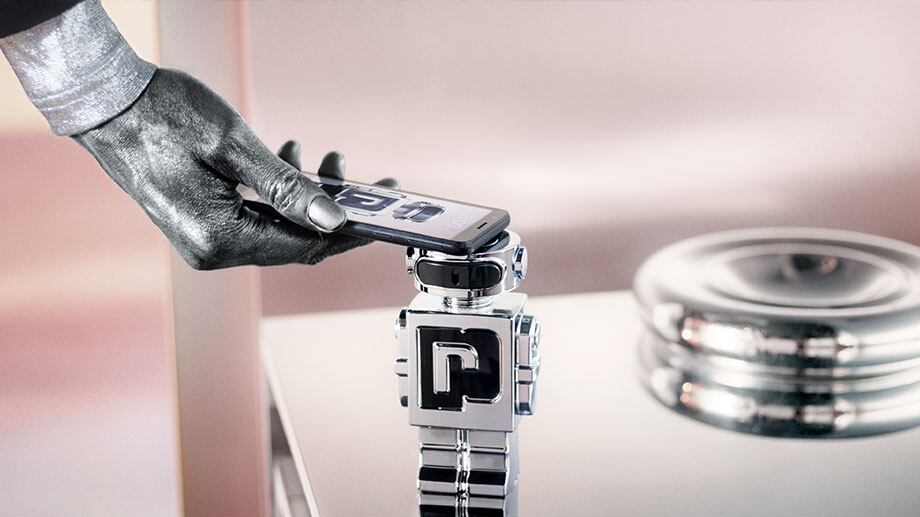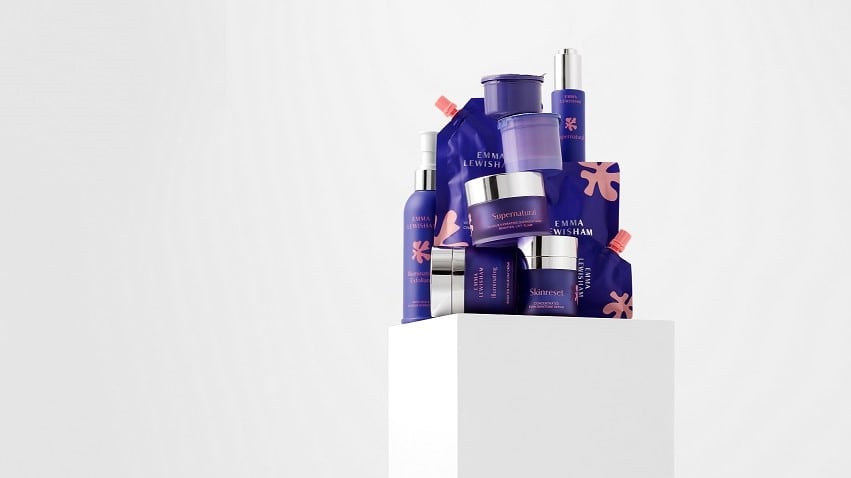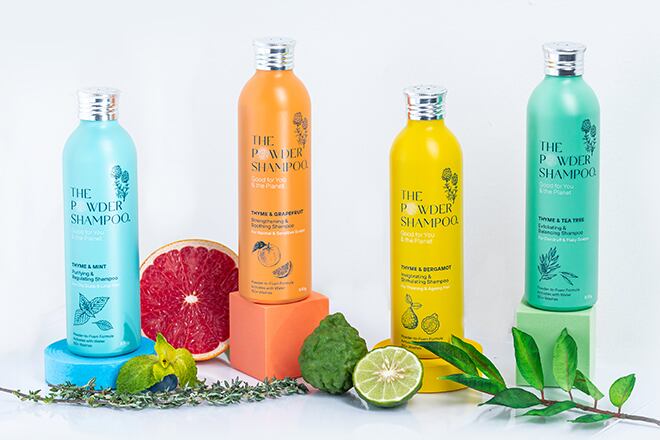The brand recently unveiled a connected bottle for its Phantom fragrance for men.
The refillable robot-shaped bottle is embedded with an NFC chip. Users can simply tap it with their smartphone and gain access to the Phantom Universe, which houses exclusive content such as interactive filters, personalised playlists, and interactive games.
“Now, it's important for brands to exist somehow within the digital space even though their product is a physical product. They can reach out to spend time with the end-users. Of course, the point is to bring what is meaningful to the users because there is plenty of content available to them,” said Giuliana Curro from electronics firm STMicroelectronics, which is based in Geneva, Switzerland and has operations across the world including the US, France, Singapore, and China.
The company specialises in NFC (Near Field Communication), a short-range, wireless connectivity technology based on RFID (Radio Frequency Identification).
This technology has made its way into packaging to add intelligence and interactivity into products.
Curro described this technology as a gateway to the digital world, where brands can supply “content to bridge the digital and physical world in a way that makes sense to their brand”.
Aside from bridging the gap between the digital and physical realms, Curro highlighted that NFC smart solutions could potentially offset the environmental impact of cosmetic packaging.
With increasing awareness of the impact fast-moving consumer goods (FMCG) industries have on the environment, companies have been cutting down on packaging materials.
For instance, many have opted to do away with instruction leaflets and manuals that more often than not end up in the bin.
With connected packaging, consumers would just need to access a digital copy or even a video with a tap of their smartphone.
At the same time, packaging has become more minimalistic, not just because it is more environmentally friendly, but it is also more in tune with the aesthetic sensibilities of today’s younger consumers.
“You may have simple packaging using less materials, but you still need to convey that information through the packaging. So, you may deliver that information through NFC technology. The user can just view a user manual in a digital format,” said Curro.
Chipping away at adoption hesitance
The COVID-19 pandemic has accelerated the adoption of digital technology, not just in the beauty space but in other industries as well. Curro believes that the time is ripe for the acceleration of smart packaging.
“The pandemic has shown the large public how contactless technology can be used. More people know what it is now because of contactless payment. It was a strong enabler for use of contactless technology in other cases,” she said.
She added that there is especially huge potential for rapid adoption in Asia, home to a large population of millennial and Gen Z consumers with an insatiable appetite for technology.
“The Asian people like to be at the forefront of technology. They are really keen on technology so I believe the uptake of this technology would be quicker [in Asia] than other parts of the world,” said Curro.





